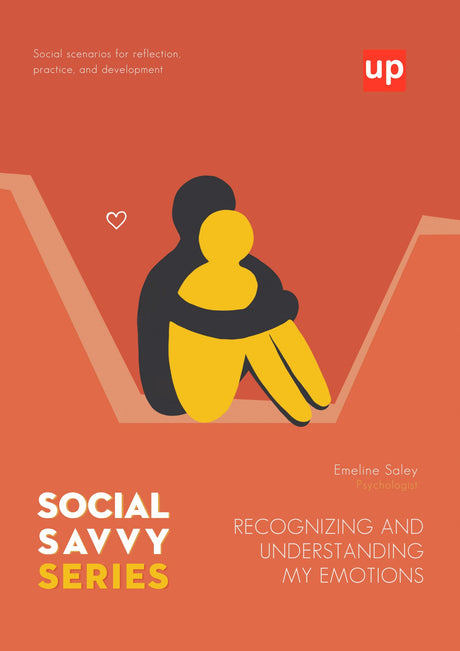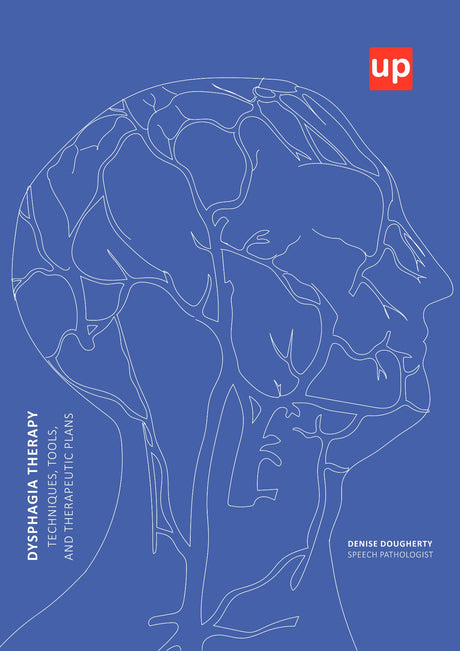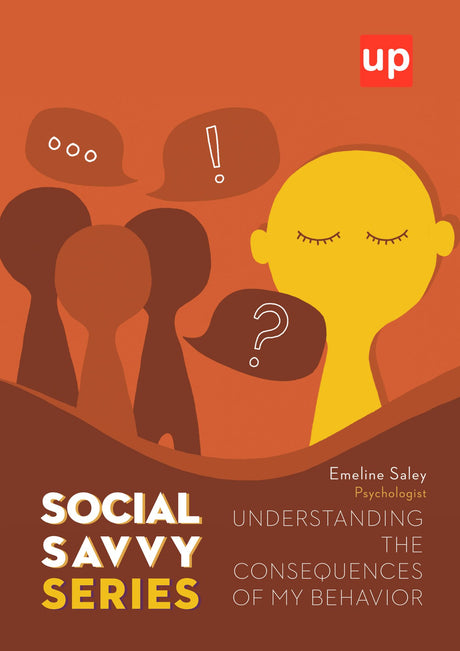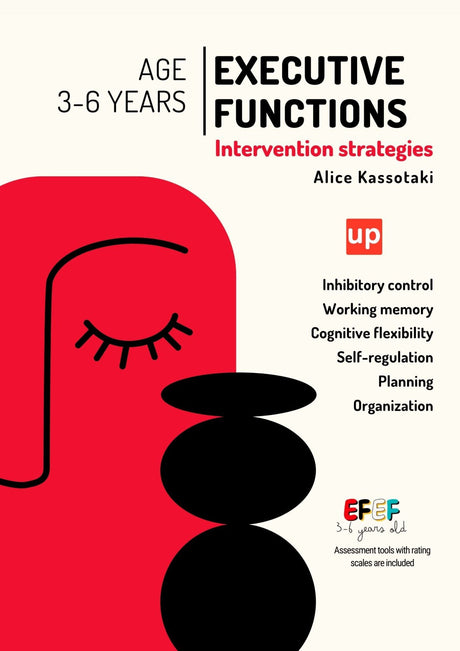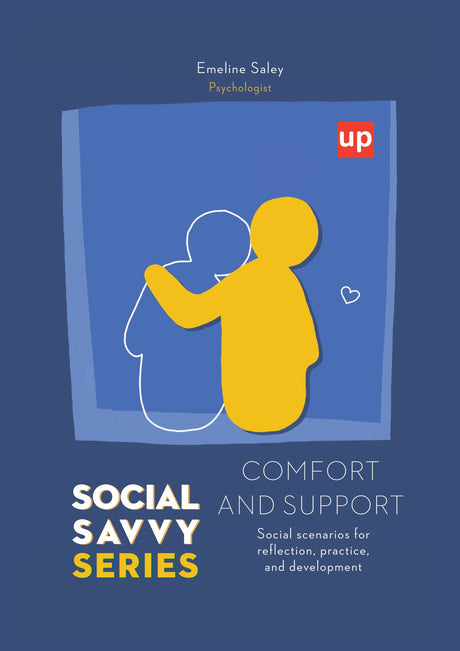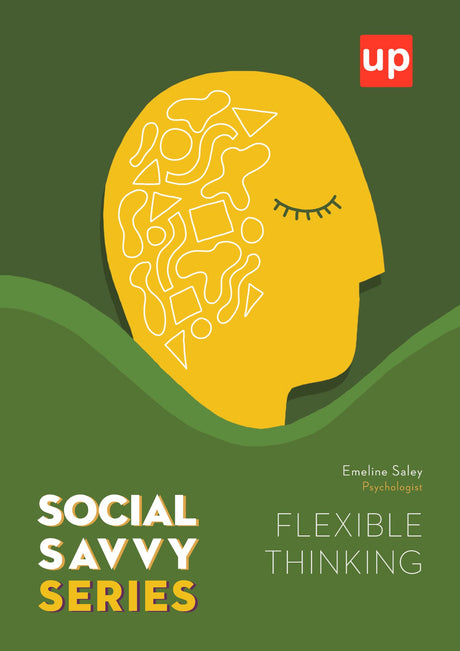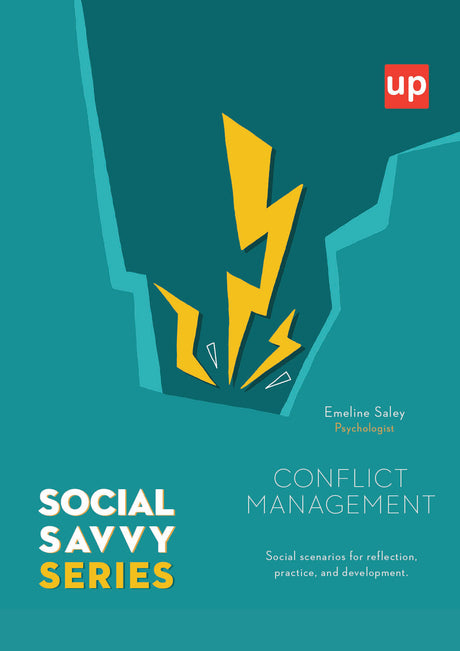The Goldberg Bipolar Spectrum Screening Questionnaire is designed to detect the extreme mood swings that may be seen in bipolar disorder. The 12 items below refer to how you have felt and behaved for most of your life. If you were usually one way and have recently changed, then your answers should reflect how you used to be.
Start the test-->>
Who is it for?
Mood swings are common, but what happens when these changes are abrupt and last for days instead of hours?
How can you determine if your mood swings are indicative of a deeper problem?
Formerly known as " manic depression," bipolar disorder was renamed to better capture the dramatic swings in mood and energy that characterize it.
Bipolar disorder manifests itself differently in everyone, but is mainly characterised by significant mood swings, often described as "ups and downs", which can last for weeks or longer.
Manic episodes may be characterised by symptoms such as:
- excessive self-confidence or inflated self-esteem
- over-confidence or over-confidence or over-inflated self-esteem
- increased sexual desire
- greater tendency to take risky actions, such as excessive gambling or reckless driving
- irritability and aggression
- rapid speech
- overwhelming sense of self-confidence
Depressive episodes, on the other hand, may include symptoms such as
- a deep sense of guilt and unworthiness
- a pervasive feeling of hopelessness
- indifference to activities that were previously enjoyable
- fatigue
- reduced prospects for the future
- suicidal thoughts
The DSM-5-TR, the latest revision of the Diagnostic and Statistical Manual of Mental Disorders, describes two main categories of bipolar disorder:
- Bipolar I disorder is diagnosed after a single manic episode lasting at least one week. Although not necessary for diagnosis, some people with bipolar I disorder also experience depressive episodes.
- Bipolar II disorder is defined by less severe manic episodes, known as hypomania, lasting at least four days, alongside depressive episodes lasting two weeks. Unlike bipolar I, which is characterised by manic episodes, bipolar II is more significantly characterised by severe depressive episodes.
Is it valid?
This questionnaire is only valid if you are 18 years of age or older and have had depression severe enough to have caused you distress and/or interfered with your functioning in one or more important areas of your life, such as home, work, school, or interpersonal relationships. A study was conducted to examine the relationships between a recently developed measure of the Big-Five personality dimensions (Goldberg, 1992) and several other instruments: the Eysenck Personality Inventory (Eysenck and Eysenck, 1968), the Personal Attributes Questionnaire (Spence and Helmreich, 1978), and the Masculine Behavior Scale (Snell, 1989). Results indicated that Goldberg's Big Five questionnaire correlated in predictable ways with these personality instruments.
In addition, other results showed that the Extraversion, Conscientiousness, and Emotional Stability scales of the Goldberg questionnaire were correlated with a measure of psychological symptoms. The discussion focuses on how these findings provide confirmatory evidence for the reliability and validity of Goldberg's bipolar adjectival measure of personality traits, thus supporting this instrument as a reliable and valid measure of Big-Five personality dimensions.
Questions
What are bipolar spectrum disorders?
Bipolar spectrum disorders encompass a range of mental health conditions characterized by significant fluctuations in mood, energy, and activity levels. These disorders include bipolar I, bipolar II, and cyclothymic disorder, among other defined and unspecified bipolar and related disorders.
How do bipolar I and II disorders differ?
Bipolar I disorder involves episodes of severe mania that last at least a week or are severe enough to require hospitalization. Depressive episodes are frequent but not required for diagnosis. Bipolar disorder II consists of patterns of depressive episodes and submanic episodes (which are less severe than full-blown manic episodes) without the full-blown manic episodes seen in bipolar disorder I.
What are the symptoms of a manic episode?
Symptoms may include increased or irritable mood, increased energy or activity, inflated self-esteem or grandiosity, decreased need for sleep, more talkative than usual, racing thoughts, distraction, increased goal-directed activities or physical restlessness, and engagement in risky behaviors.
What are the symptoms of a depressive episode?
Symptoms may include persistent sadness, hopelessness, feelings of worthlessness or excessive guilt, loss of interest in most activities, changes in appetite or weight, sleep disturbances, fatigue or loss of energy, difficulty concentrating, and thoughts of death or suicide.
Can bipolar disorder be treated?
Although there is no cure for bipolar disorder, it is a condition that can be treated. Treatment often involves a combination of medication, psychotherapy, lifestyle changes and, sometimes, hospitalisation to effectively manage symptoms and reduce the frequency and severity of episodes.
How is bipolar disorder diagnosed?
Diagnosis is usually based on the person's reported symptoms, behaviors observed by friends or relatives, and a detailed medical history. The healthcare provider may perform a physical examination to rule out other conditions. A mental health specialist, such as a psychiatrist, usually makes a formal diagnosis of bipolar disorder.
Is bipolar disorder genetic?
Research shows that genetics plays an important role in bipolar disorder, with people who have a family history of the condition being more likely to develop it themselves. However, environmental factors and personal experiences also contribute to the development of bipolar disorder.
Can bipolar disorder start at any age?
Bipolar disorder can start at any age, although it often develops in late adolescence or early adulthood. Symptoms can vary over time and sometimes may not appear until later in life.
How can someone with bipolar disorder manage their condition?
Management of bipolar disorder usually involves ongoing treatment, which includes medication (such as mood stabilizers, antipsychotics and antidepressants), psychotherapy (such as cognitive-behavioral therapy), lifestyle modification (regular exercise, healthy eating, sleep hygiene), stress management and symptom monitoring to prevent relapse.
Can lifestyle changes help with bipolar disorder?
Yes, lifestyle changes such as maintaining a routine, regular exercise, a balanced diet, avoiding alcohol and drugs, and managing stress can have a significant impact on managing bipolar disorder and improving overall well-being.
Copyright Information
The Goldberg Bipolar Spectrum Screening Quiz. All clinical material on this site is peer reviewed by one or more clinical psychologists or other qualified mental health professionals.
THIS INFORMATION IS NOT INTENDED TO REPLACE CLINICAL JUDGMENT OR TO GUIDE INDIVIDUAL PATIENT CARE IN ANY WAY.








